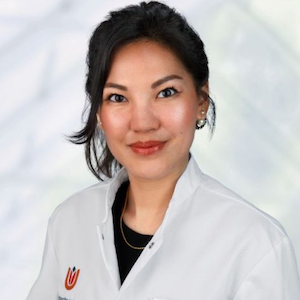The Treatment of PAD and the Role of AI
© 2025 HMP Global. All Rights Reserved.
Any views and opinions expressed are those of the author(s) and/or participants and do not necessarily reflect the views, policy, or position of Vascular Disease Management or HMP Global, their employees, and affiliates.

Amsterdam UMC, Netherlands
Kak Khee Yeung, MD, vascular surgeon and research director of vascular surgery at Amsterdam UMC in the Netherlands, gave a presentation at ISET 2025 that explored the integration of artificial intelligence (AI) into the treatment of peripheral arterial disease (PAD). The discussion covered disease burden, AI-driven prediction models, and ongoing research initiatives aimed at improving patient outcomes through personalized risk assessment and treatment strategies.
Dr Yeung reviewed the burden of PAD, which affects 5.6% of people over age 25 globally, with high rates of cardiovascular ischemic events and adverse limb events. One-year mortality for PAD patients with adverse limb events is 20%, highlighting the need for early intervention. Current diagnostic methods lack predictive capability, leading to suboptimal treatment decisions. Dr Yeung suggested that AI-based tools can provide personalized risk assessment, guiding early intervention strategies to prevent severe complications.
One European research initiative, the VASCUL-AID Project: AI-Driven Disease Prediction, involved 16 partners across 9 countries, and combines clinical data, medical imaging, genomics, and lifestyle factors to predict disease progression. Key features include a risk-prediction tool for PAD progression, automatic image analysis of vascular structures, and personalized prevention strategies based on multimodal data.
Deep learning models predict amputation risk and survival post-revascularization. Key predictors identified through AI analysis include age, clinical disease stage, antithrombotic drug use, type of surgery, and creatinine levels. Machine learning models achieved a C-index of 0.71, indicating strong predictive performance.
Dr Yeung also spoke about AI-based imaging tools, which can enhance diagnostic accuracy, identifying high-risk vascular lesions before critical events occur; and lipidomic profiling, which reveals unique PAD vs. AAA signatures, paving the way for biomarker-driven therapies in vascular disease management.













